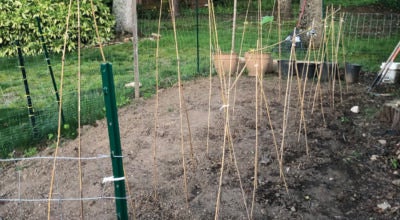DUSTIN ADCOCK: It’s time to plant fall and winter vegetable gardens
Published 9:26 am Friday, August 10, 2018
Well, the “dog days” of summer are here. But, many gardeners aren’t ready to throw in the towel just yet. Maybe you missed your spring planting and are ready for a fresh start.

Dustin Adcock
Fall and winter gardens are a joy to grow and often produce the most flavorful crops of the entire year.
Many food crops we enjoy are quite frost and cold tolerant. Cauliflower, brussel sprouts, broccoli, kale, spinach, carrots, parsnips and cabbage are more tolerant than we often give them credit. In fact, a good fall frost gives carrots and cabbage a sweetness you cannot replicate in spring.
This is the time of year to begin planning and planting for the fall and winter garden. Early to mid-August plantings of green beans will give you a bumper crop, and the best part is that the beetles and other pests are waning right as the fruit begins to set in early October.
By early- to mid-September, it is time to sow greens, such as kale, mustard, turnip and collards. This is also a good time to sow carrots, beets and lettuce. For a continuous flow of healthy salad lettuce, sow every two weeks until mid-October.
Fall and winter gardening requires a bit of patience. As temperatures drop, day length does, too. That shorter day length affects growing times. So, allow for about twice as much time for germination and maturity than you would for spring plantings.
Winter gardens often provide straight through snow and ice with a little protection.
Consider making some hoops out of wire or conduit and covering the rows with frost blanket material that you can find at your local garden center or online.
Wait to harvest in the afternoons after plants have thawed; then they will hold up and retain their texture. Carrots can even be dug and eaten right out of the snow.
Winter rains and wind do more harm to fall and winter crops than most other pests.
Researchers from Oregon State University say, “Vegetables that contain the pigment anthocyanin, which gives them a vibrant red or purple color, are more resistant to rots caused by winter rains. They include purple-sprouting broccoli, Rosalind broccoli and purple kale.”
So, there are no excuses.
Don’t let the end of summer damper your gardening plans.
Get out there and grow. Or shop your local markets and support the farms that do.
Dustin Adcock is an agent with the Stanly County office of North Carolina Cooperative Extension.



